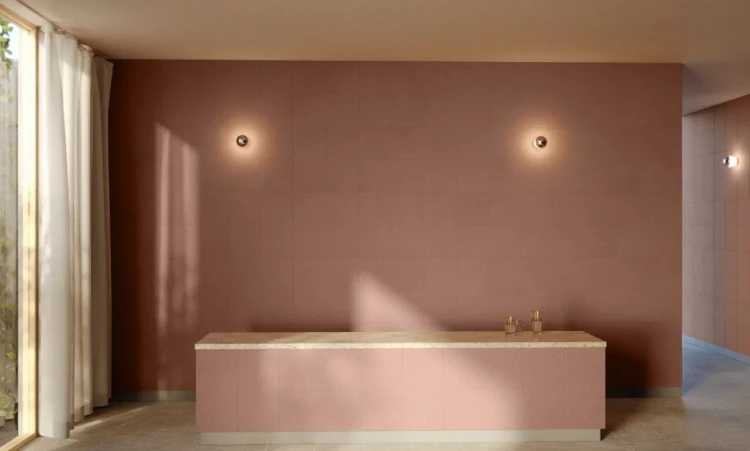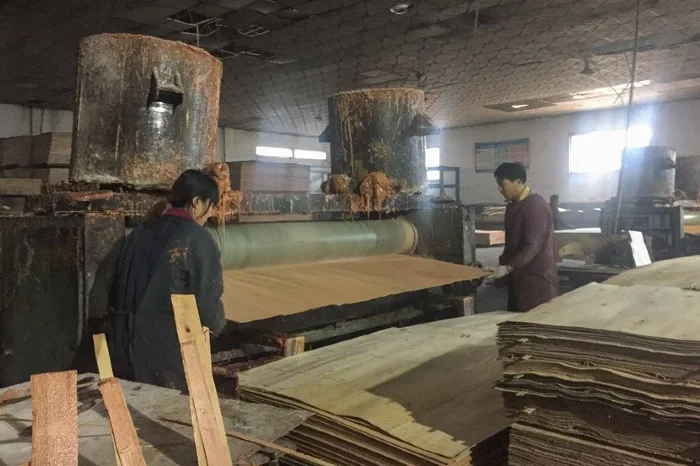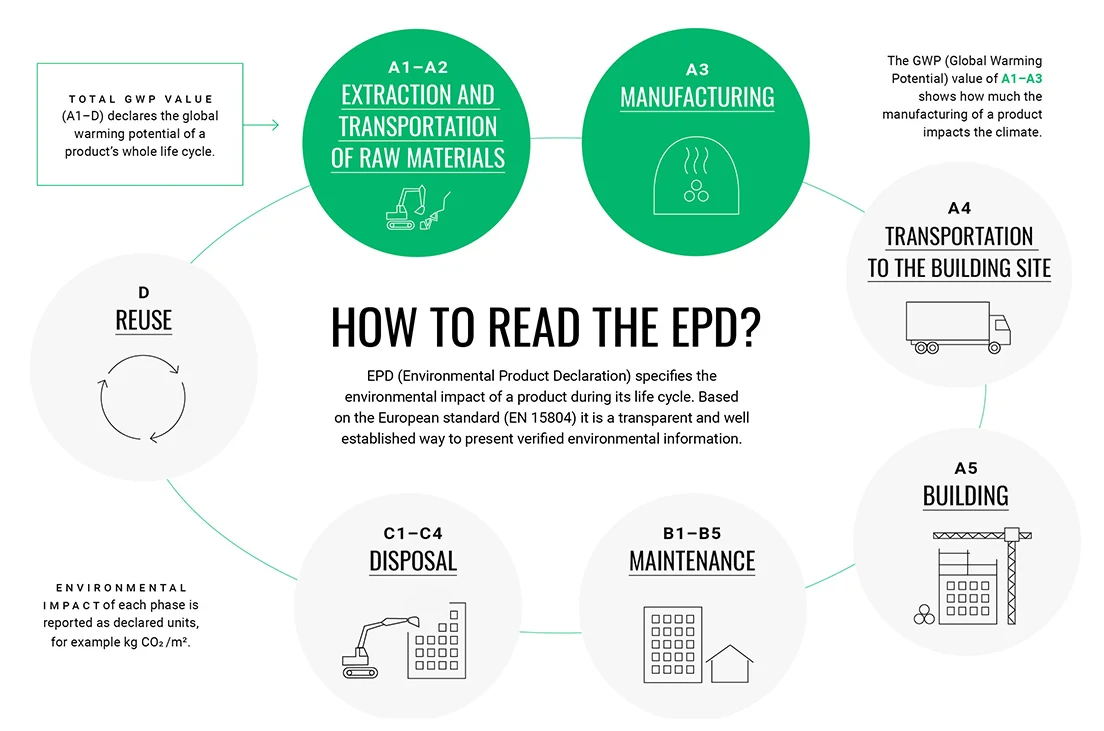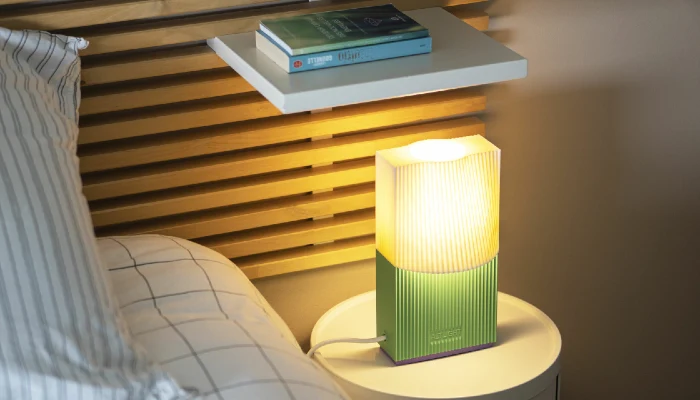Consumer demand for sustainable building materials is skyrocketing, but what exactly qualifies as “sustainable”? It’s a tricky question, especially with the vast array of options available. Gensler, the world’s largest design and architecture firm, has devised a solution to help navigate this complex landscape. We put their knowledge into an easy-to-digest list for your convenience.
Here are twelve key tips for identifying sustainable interior design materials in 2024.
- Prioritize Low-Emission Furniture
Furniture can off-gas harmful chemicals, impacting both human health and the environment. Opt for products made with low-emission materials. Look for certifications like GREENGUARD or Cradle to Cradle, which ensure low levels of volatile organic compounds (VOCs).


- Embrace High-Recycled Content
Materials with high recycled content reduce the demand for virgin resources and minimize waste. For instance, consider using recycled glass or plant-based leather for decorative pieces or recycled steel for non-structural elements.
- Opt for Renewable Resources
Materials sourced from renewable resources, such as bamboo or cork, are excellent choices. There’s also newer, even greener options like cornwall cladding and palm flooring. These materials regenerate quickly and have a lower environmental impact compared to traditional hardwoods.

- Look for Durability and Longevity
Durable materials that stand the test of time are inherently more sustainable. They reduce the need for frequent replacements, cutting down on waste and resource use. Choose items that will stand the test of time, like stone countertops and bamboo or palm tree flooring.
- Focus on Traceability
Choose materials with a clear supply chain and traceability. Knowing the origin of your materials helps ensure they are sustainably sourced. Certifications like FSC (Forest Stewardship Council) for wood products can provide this assurance. Of course, no certification is without controversy, so do your homework as best you can.
- Consider Lifecycle Impact
Assess the full lifecycle impact of materials, from production to disposal. Materials with a lower overall environmental footprint, such as those that are biodegradable or recyclable, are preferable.
- Invest in Energy-Efficient Products
Materials that enhance energy efficiency, such as high-performance insulation or energy-efficient windows, reduce the overall energy consumption of a space. This not only lowers carbon emissions but also cuts energy costs, and with the Inflation Reduction Act’s energy incentives these eco-friendly upgrades may cost a lot less.
- Support Local Suppliers
Using locally sourced materials reduces transportation emissions and supports local economies. It also ensures materials are suitable for the local climate and conditions, enhancing their durability and performance.
- Select Low-Carbon Options
Materials with low embodied carbon contribute less to climate change. Products with Environmental Product Declarations (EPDs) can provide transparency about their carbon footprint, making it easier to make informed choices.
- Opt for Non-Toxic Finishes
Avoid materials with harmful chemicals and toxins. Choose finishes and treatments that are water-based and low in VOCs to improve indoor air quality.
- Integrate Smart Technology
Smart technology can enhance the sustainability of interior spaces. Products like smart thermostats and lighting systems optimize energy use, ensuring minimal waste and maximum efficiency.
- Engage with Transparent Manufacturers
Work with manufacturers who are transparent about their sustainability practices. Companies that provide detailed information about their products’ environmental impact are more likely to be genuinely committed to sustainability.
Moving Forward with Sustainable Interior Design
Gensler’s initiative, the Gensler Product Sustainability Standards (GPS Standards), aims to push the industry towards more sustainable practices.
Launched as GPS Standards v1.0, it focuses on product categories with existing sustainability disclosures, like office chairs, insulation, and carpet tiles. This platform encourages manufacturers to develop and disclose sustainable products, fostering collective action.
In 2024, the interior design industry faces the challenge of navigating an ever-growing supply chain. However, the Common Materials Framework, supported by major industry organizations, is paving the way for consistent and comprehensive sustainability standards.
The shift towards sustainable interior design won’t happen overnight. Yet, by following these tips and leveraging platforms like GPS Standards, designers can make informed, impactful choices that support a healthy, sustainable planet.
















